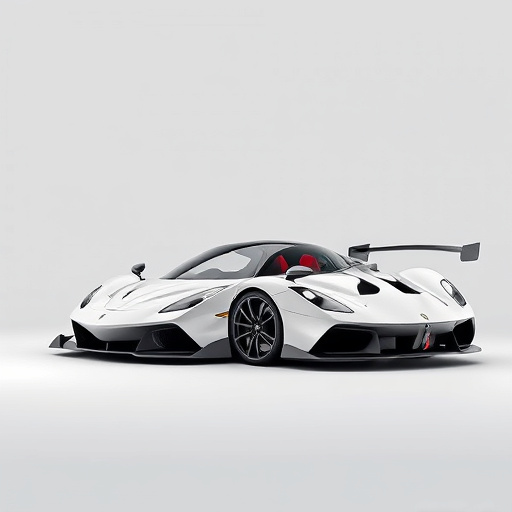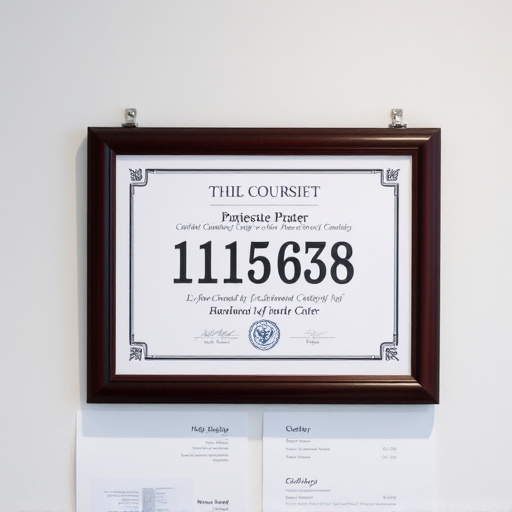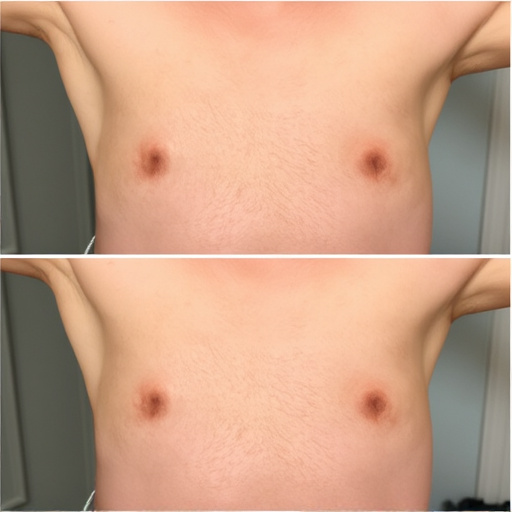Combining a cold air intake (CAI) with a turbocharger can significantly boost vehicle performance, especially for enthusiasts seeking more power and torque across the rev range. These CAI systems bypass cabin filters to deliver cool, dense air directly into the engine bay, optimizing airflow to the turbocharger and enhancing combustion. This modification can lead to up to a 20% power increase, improved efficiency, and longer turbocharger lifespan by minimizing dust and debris intake.
“Unleash the power of turbocharged engines with an in-depth exploration of cutting-edge intake designs. This article delves into the harmonious relationship between cold air intakes and turbochargers, revealing how their integration enhances engine performance significantly. We dissect various strategic configurations that optimize efficiency and power delivery. By understanding the compatibility between these components, car enthusiasts can unlock the full potential of their vehicles, ensuring a seamless boost in both power and fuel economy.”
- Understanding Cold Air Intake and Turbo Compatibility
- Boosting Engine Performance with Turbocharged Intake Designs
- Maximizing Efficiency and Power Delivery through Strategic Turbo Intake Configurations
Understanding Cold Air Intake and Turbo Compatibility

Many enthusiasts seek to enhance their vehicle’s performance by combining a cold air intake (CAI) system with a turbocharger, aiming for that coveted boost in power. However, achieving optimal performance from this setup requires understanding their compatibility and mutual benefits. A cold air intake is designed to draw in cooler, denser air from outside the engine compartment, providing fuel-air mixture with enhanced oxygen content, which can lead to increased power output. This is particularly beneficial for turbocharged engines as it helps maintain efficient combustion and boost levels.
When integrated correctly, a CAI system can complement the turbocharger’s ability to compress incoming air, further enhancing power and torque across the rev range. The key to success lies in ensuring the intake manifold and turbocharger are designed to work together seamlessly, allowing for adequate airflow and minimizing restrictions at high speeds. With the right setup, combining a cold air intake and turbocharger can deliver significant performance gains, making it a popular choice among those seeking a more responsive and powerful driving experience.
Boosting Engine Performance with Turbocharged Intake Designs

Turbocharged intake designs play a pivotal role in boosting engine performance, especially for car enthusiasts seeking that extra kick. By utilizing a cold air intake system tailored for turbo compatibility, engineers can optimize airflow to the engine. This simple yet effective modification ensures that a larger volume of cool, dense air is delivered to the compressor, resulting in increased power and efficiency.
The key lies in the design’s ability to direct cold, unfiltered air from outside the vehicle into the engine bay, bypassing the cabin air filter. This direct-air intake provides a richer fuel mixture, enhancing combustion and potentially increasing horsepower by as much as 20% or more. Moreover, these systems often incorporate high-flow air filters, ensuring optimal airflow while also providing protection against dust and debris, contributing to sustained performance and longevity of the turbocharger.
Maximizing Efficiency and Power Delivery through Strategic Turbo Intake Configurations

In the pursuit of maximizing efficiency and power delivery in turbocharged engines, strategic intake configurations play a pivotal role. A well-designed cold air intake (CAI) specifically tailored for turbo compatibility enhances performance by ensuring a consistent supply of cool, dense air to the engine. This is crucial as colder air has higher oxygen content, which can lead to a significant boost in power and torque. By directing cold air directly from the environment into the combustion chamber, the engine gains an efficient flow of rich fuel-air mixture, resulting in improved combustion and increased output.
Strategic intake designs further optimize performance by minimizing restrictions in the airflow path. This involves carefully routing the air through less convoluted paths, avoiding unnecessary bends or constrictions that could create turbulence and pressure drops. Such optimizations not only facilitate a smoother flow of air but also contribute to reduced backpressure, allowing the turbocharger to function more efficiently. Consequently, these design choices enhance overall engine performance, making them a game-changer for those seeking that extra boost in power and fuel efficiency.
In understanding the harmonious relationship between cold air intakes and turbochargers, we’ve explored how optimized intake designs can significantly boost engine performance. By strategically incorporating these innovations, vehicles equipped with turbocharged engines can achieve enhanced power delivery and improved efficiency. This synergistic combination of technology not only pushes the boundaries of automotive capabilities but also promises a thrilling driving experience for folks seeking both speed and sustainability in today’s digital era.














